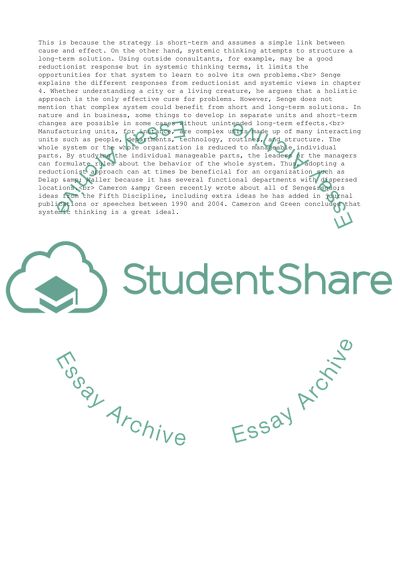Cite this document
(The Processes of Change and Change Management in a Consulting Essay, n.d.)
The Processes of Change and Change Management in a Consulting Essay. Retrieved from https://studentshare.org/management/1732375-editingproof-reading
The Processes of Change and Change Management in a Consulting Essay. Retrieved from https://studentshare.org/management/1732375-editingproof-reading
(The Processes of Change and Change Management in a Consulting Essay)
The Processes of Change and Change Management in a Consulting Essay. https://studentshare.org/management/1732375-editingproof-reading.
The Processes of Change and Change Management in a Consulting Essay. https://studentshare.org/management/1732375-editingproof-reading.
“The Processes of Change and Change Management in a Consulting Essay”, n.d. https://studentshare.org/management/1732375-editingproof-reading.


